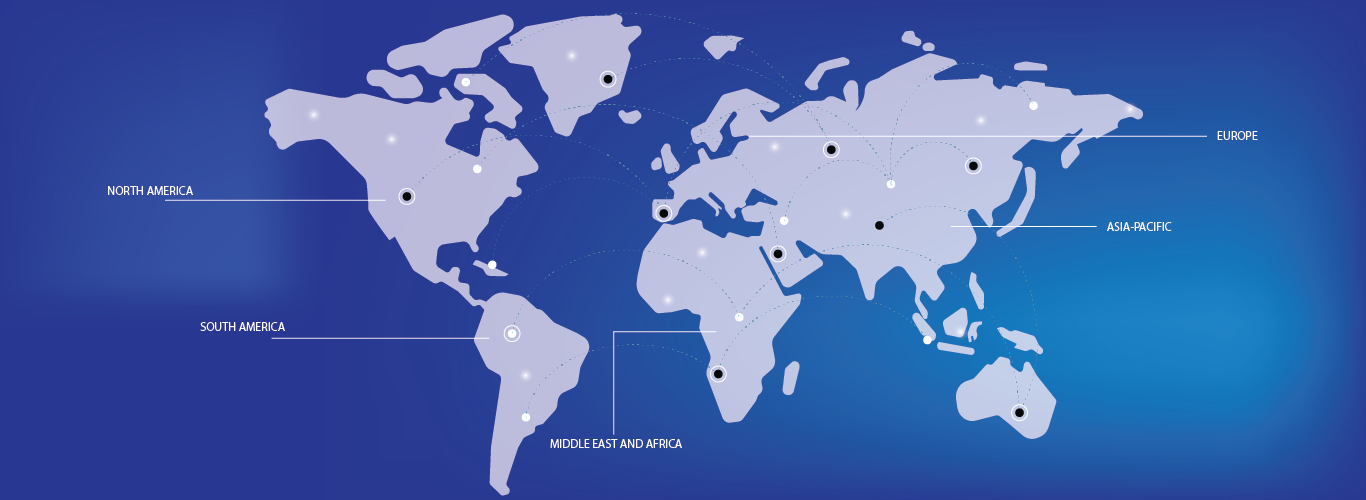The in-building wireless market has seen significant growth due to advancements in technology and the increasing demand for seamless connectivity. One key advancement is the use of 5G technology for in-building wireless systems. 5G provides faster speeds, reduced latency, and more reliable connections, which is crucial for businesses, healthcare facilities, and educational institutions that need uninterrupted communication.
Another notable advancement is the use of Distributed Antenna Systems (DAS). DAS allows for better signal coverage and capacity inside buildings, ensuring that all areas receive consistent and reliable wireless signals. This technology has been widely adopted in large buildings such as stadiums, office buildings, and shopping malls.
Small cell networks are also gaining traction, providing localized wireless coverage in areas where traditional macro cell towers might not be effective. These small cells are deployed inside buildings to boost coverage and support high-speed data transfer.
The market's growth is also fueled by the increasing adoption of the Internet of Things (IoT) and the rise in mobile data consumption. As more devices and applications rely on constant connectivity, in-building wireless solutions become indispensable for maintaining smooth communication and productivity across various sectors.




